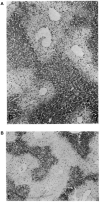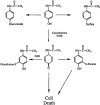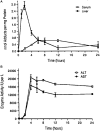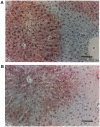Acetaminophen Toxicity: A History of Serendipity and Unintended Consequences
- PMID: 33042525
- PMCID: PMC7538926
- DOI: 10.1002/cld.984
Acetaminophen Toxicity: A History of Serendipity and Unintended Consequences
Erratum in
-
Erratum.Clin Liver Dis (Hoboken). 2021 Feb 28;17(2):96. doi: 10.1002/cld.1072. eCollection 2021 Feb. Clin Liver Dis (Hoboken). 2021. PMID: 33680445 Free PMC article.
Abstract
Watch an interview with the author.
© 2020 by the American Association for the Study of Liver Diseases.
Figures






References
-
- Nourjah P, Ahmad SR, Karwoski C, et al. Estimates of acetaminophen (Paracetamol)‐associated overdoses in the United States. Pharmacoepidemiol Drug Saf 2006;15:398‐405. - PubMed
-
- Ostapowicz G, Fontana RJ, Schiodt FV, et al. Results of a prospective study of acute liver failure at 17 tertiary care centers in the United States. Ann Intern Med 2002;137:947‐954. - PubMed
-
- Bernal W, Auzinger G, Dhawan A, et al. Acute liver failure. Lancet 2010;376:190‐201. - PubMed
Publication types
LinkOut - more resources
Full Text Sources

